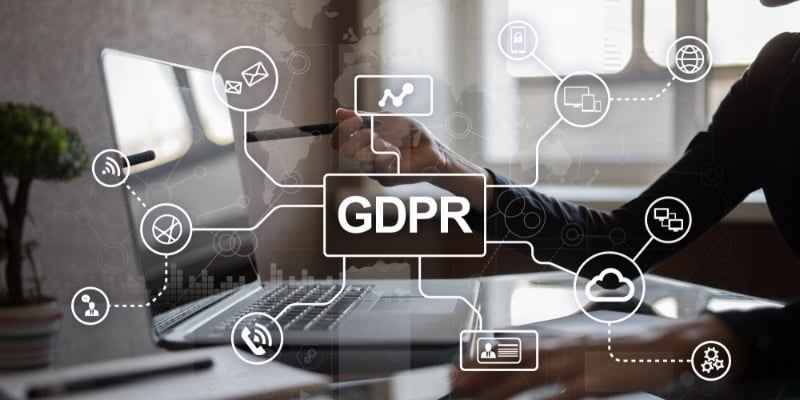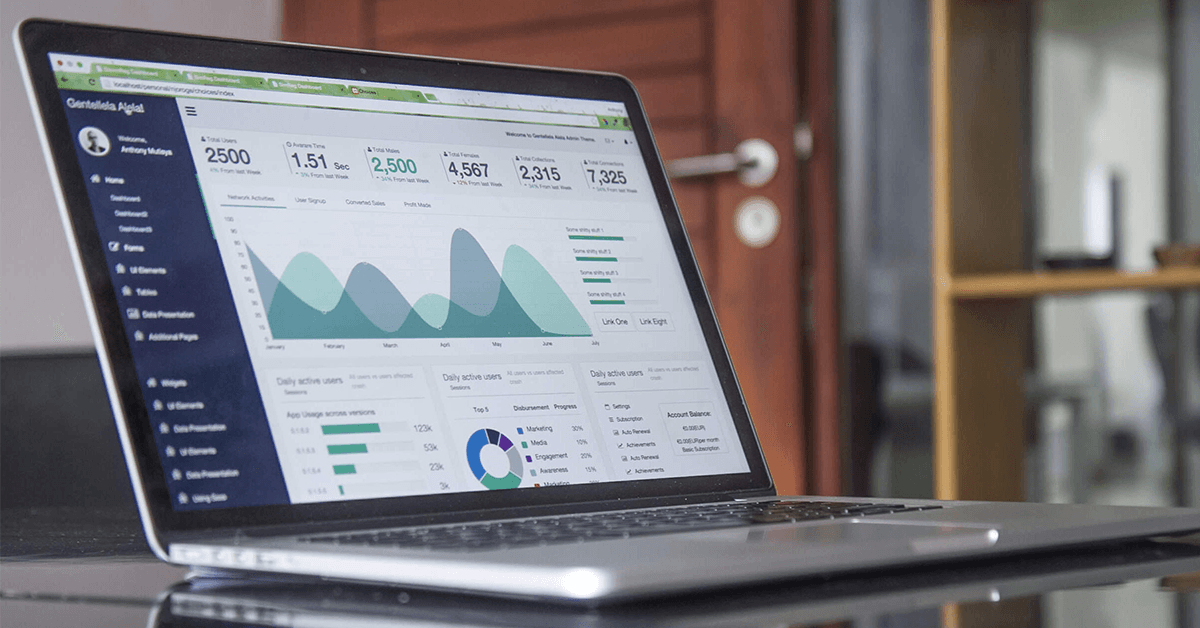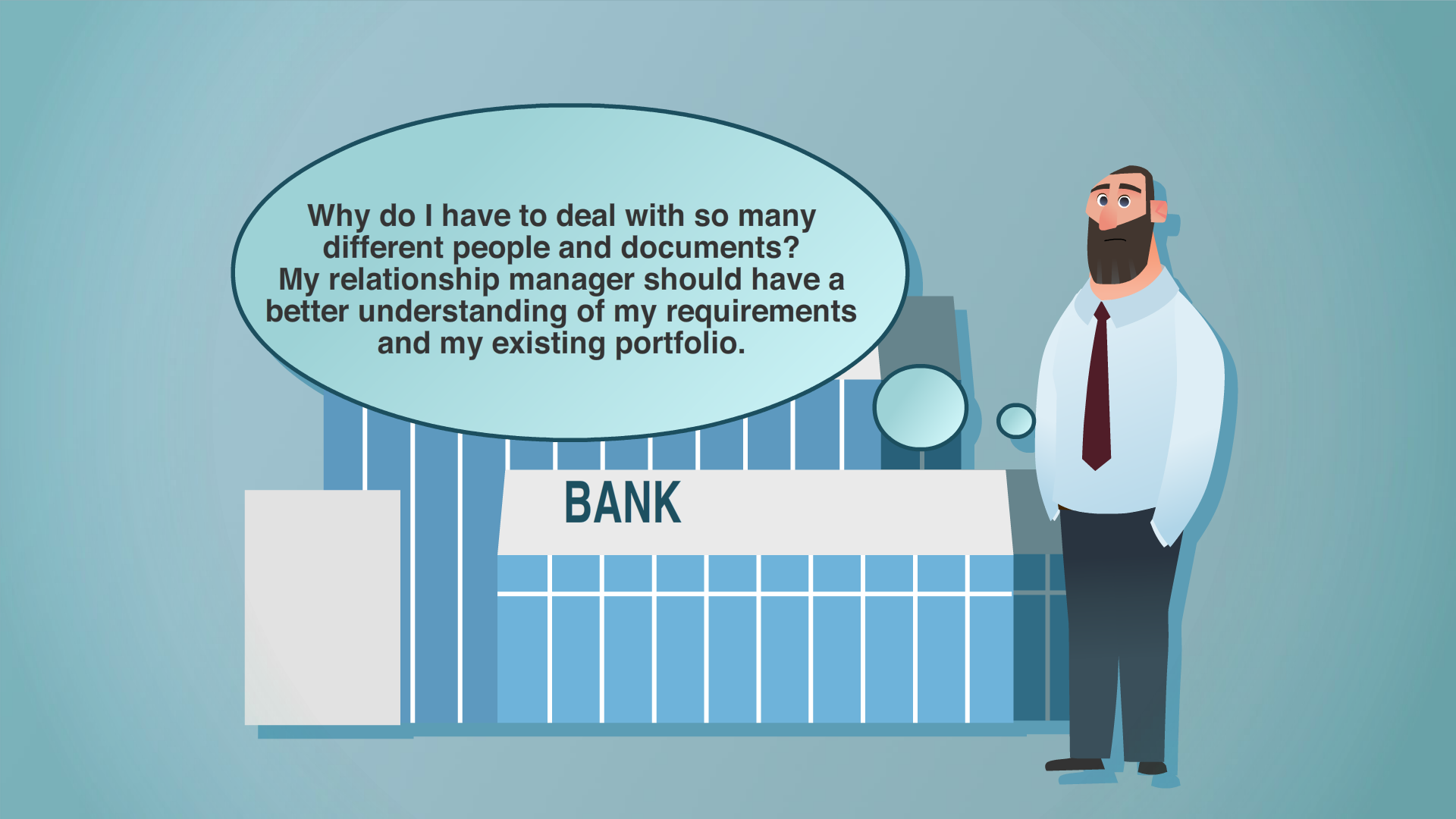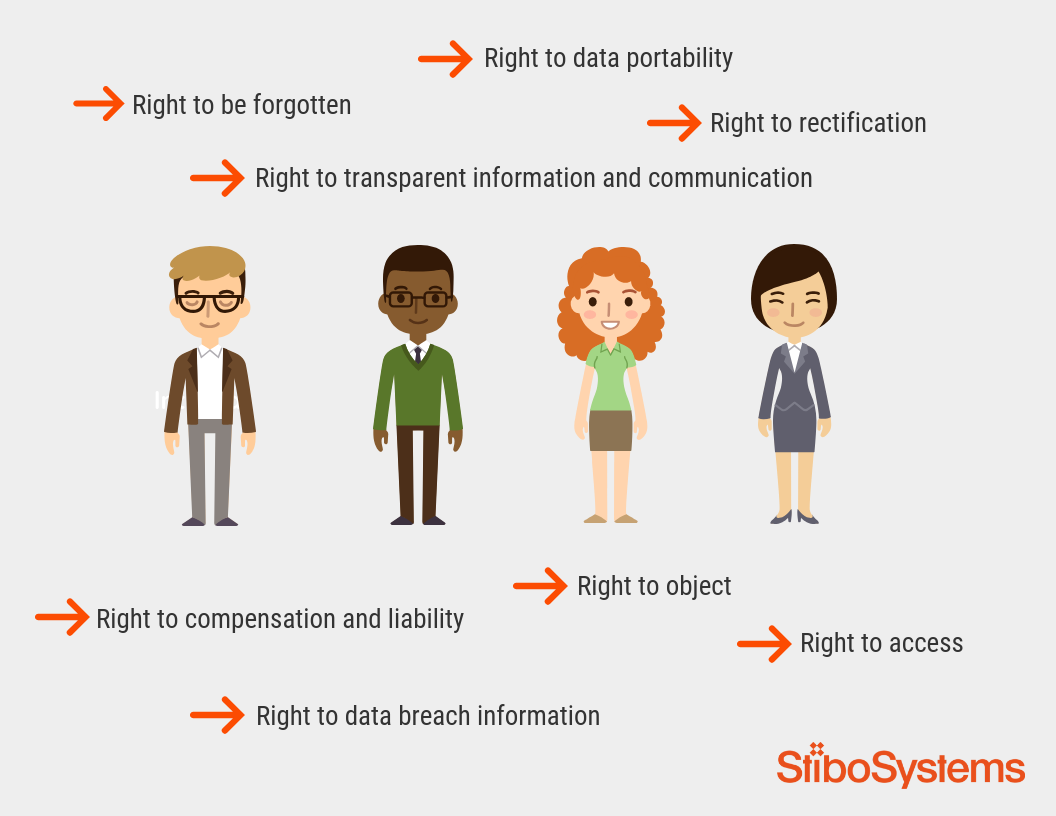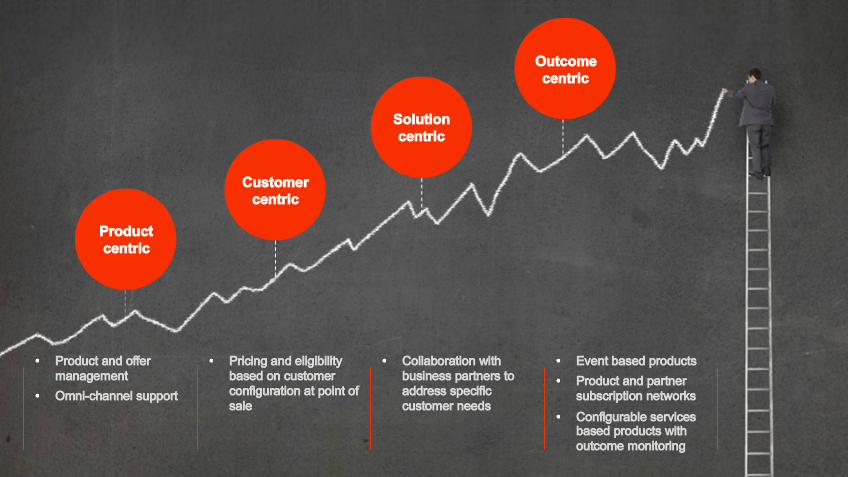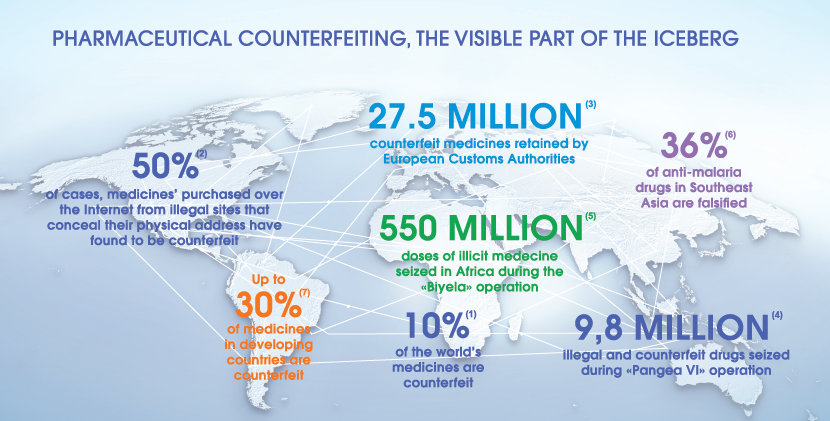Data is the lifeblood of businesses today. From customer data to financial data, businesses rely on data to make informed decisions and drive growth. However, data quality issues can greatly impact the accuracy and reliability of this data leading to incorrect decisions and costly mistakes.
In this blog post, we will explore some of the most common data quality issues that businesses face and provide insights into how to identify and address them to ensure your data is accurate, complete and consistent.
What are the most common data quality issues?
Some of the most common data quality issues include incomplete or missing data, inconsistent data formats, inaccurate data, duplicate data and outdated data. These issues can lead to inaccurate reporting, ineffective decision making and increased costs for businesses.
-
Incomplete or missing data
Incomplete or missing data refers to situations where required data fields are left blank or not provided. This can result in inaccurate analysis and reporting, and may lead to incorrect business decisions.
-
Inconsistent data formats
Inconsistent data formats refer to situations where the same data is represented in different ways across multiple systems or sources. This can result in difficulty when trying to integrate data from different sources and can lead to errors in analysis and reporting.
-
Inaccurate data
Inaccurate data refers to data that is incorrect, either due to data entry errors or due to outdated information. This can lead to incorrect reporting, ineffective decision-making and increased costs for businesses.
-
Duplicate data
Duplicate data refers to multiple instances of the same data existing in different systems or sources. This can result in data inconsistencies and can lead to errors in analysis and reporting.
-
Outdated data
Outdated data refers to data that is no longer relevant or current. This can lead to incorrect analysis and reporting and can lead to incorrect business decisions.
It is important for businesses to address these data quality issues through data profiling, data validation and regular data maintenance to ensure that the data they rely on is accurate, complete and up-to-date.
How do you fix data quality issues?
Fixing data quality issues involves several steps, including:
-
Identify the data quality issues
Begin by identifying the data quality issues that exist within your data. This can be done through data profiling, which involves analyzing data to identify inconsistencies, inaccuracies and other issues.
-
Determine the root cause
Once the data quality issues are identified, determine the root cause of the issue. This may involve analyzing data sources, data entry processes and data storage procedures.
-
Develop a plan of action
Based on the root cause of the data quality issue, develop a plan of action to address the issue. This may involve implementing data validation rules, improving data entry processes or updating data storage procedures.
-
Execute the plan
Implement the plan of action to fix the data quality issue. This may involve cleaning up existing data, updating data sources or improving data entry processes.
-
Monitor and maintain data quality
Once the data quality issues have been addressed, continue to monitor and maintain data quality on an ongoing basis to ensure that data is accurate, complete and up-to-date.
It is important to have a systematic approach to addressing data quality issues as well as implementing best practices such as data governance, data profiling and regular data maintenance to ensure that data quality is consistently high.
What are data quality checks?
Data quality checks are a set of procedures and techniques that are used to assess the accuracy, completeness, consistency and overall quality of data. Data quality checks are typically automated processes that can be run on a regular basis to ensure that data quality issues are identified and addressed in a timely manner.
Some common examples of data quality checks include:
-
Completeness checks
These checks ensure that all required data fields are present and accounted for.
-
Consistency checks
These checks ensure that the same data is represented in the same way across multiple systems or sources.
-
Accuracy checks
These checks ensure that data is accurate and reflects the true value or status of the underlying data.
-
Validity checks
These checks ensure that data conforms to predefined business rules or constraints.
-
Integrity checks
These checks ensure that data relationships and dependencies are valid and consistent.
By implementing data quality checks, businesses can ensure that their data is accurate, complete and consistent, which can help improve decision-making, reduce costs and improve overall operational efficiency.
Data quality best practices
Here are some data quality best practices that businesses can follow to ensure their data is accurate, complete and consistent:
-
Establish data governance
Create a framework for managing and ensuring the quality of data across the organization.
-
Define data quality requirements
Clearly define the quality requirements for each type of data, including accuracy, completeness, consistency and timeliness.
-
Implement data profiling
Analyze data to identify inconsistencies, inaccuracies and other data quality issues.
-
Ensure data validation
Implement validation rules and processes to ensure data is accurate and consistent.
-
Address data quality issues
Develop a plan of action to address data quality issues as they are identified.
-
Regularly maintain data
Regularly clean and maintain data to ensure it remains accurate and up-to-date.
-
Invest in data quality tools
Leverage data quality tools and technologies to automate data quality checks and improve data accuracy and completeness.
-
Foster a culture of data quality
Create a culture of data quality across the organization with all stakeholders taking responsibility for data accuracy and completeness.
By implementing these best practices, businesses can ensure that their data is of high quality, which can improve decision-making, reduce costs and improve overall operational efficiency.























































































































































